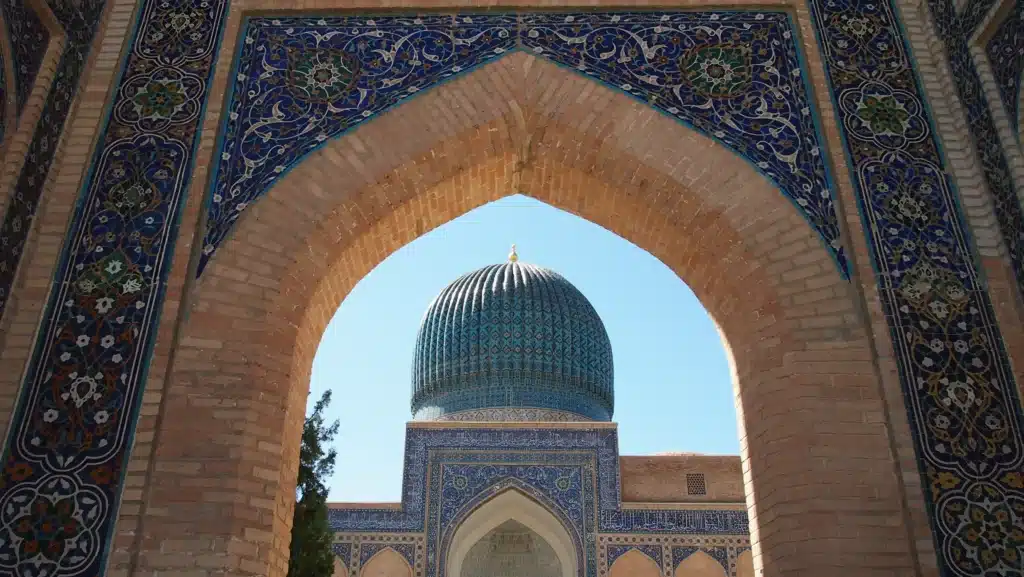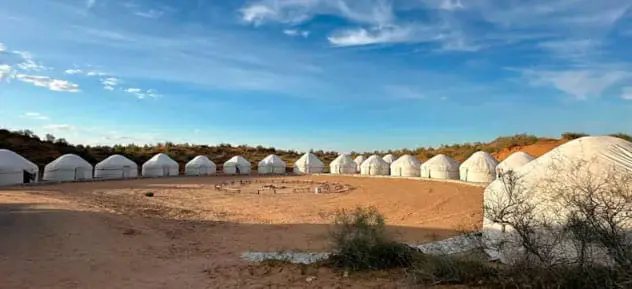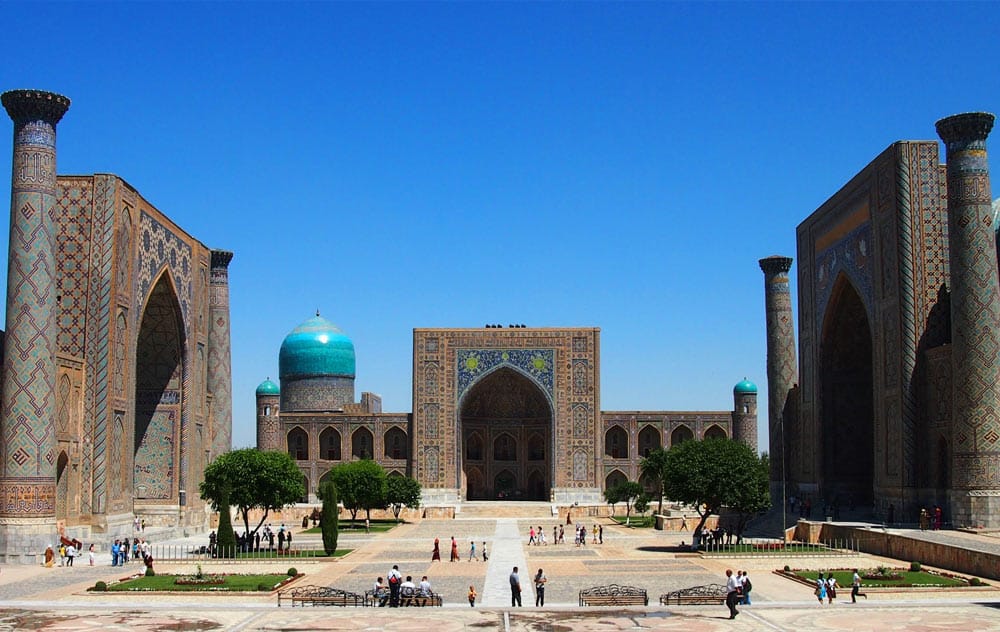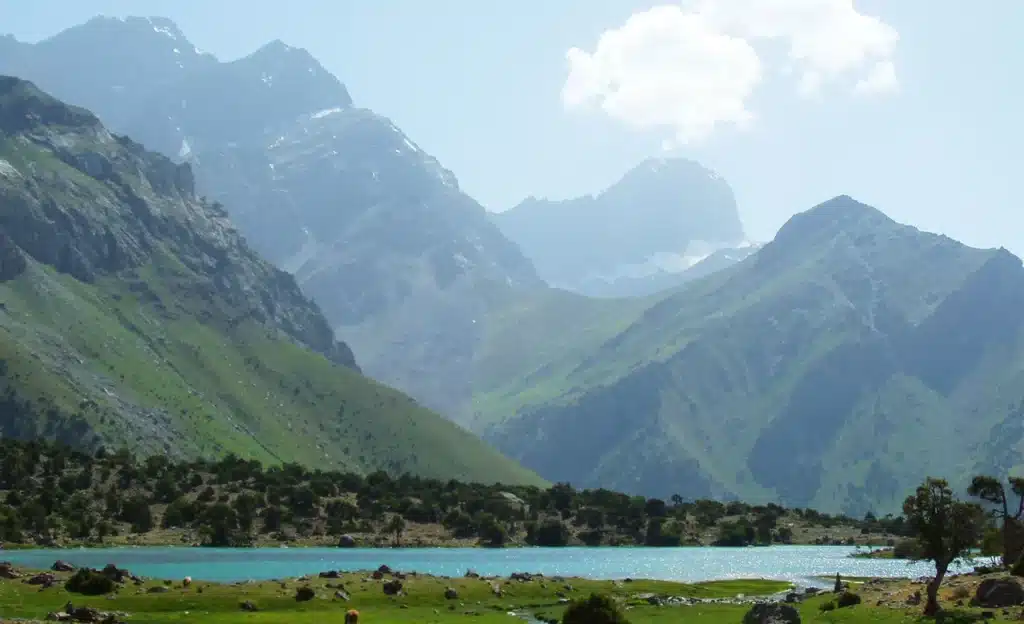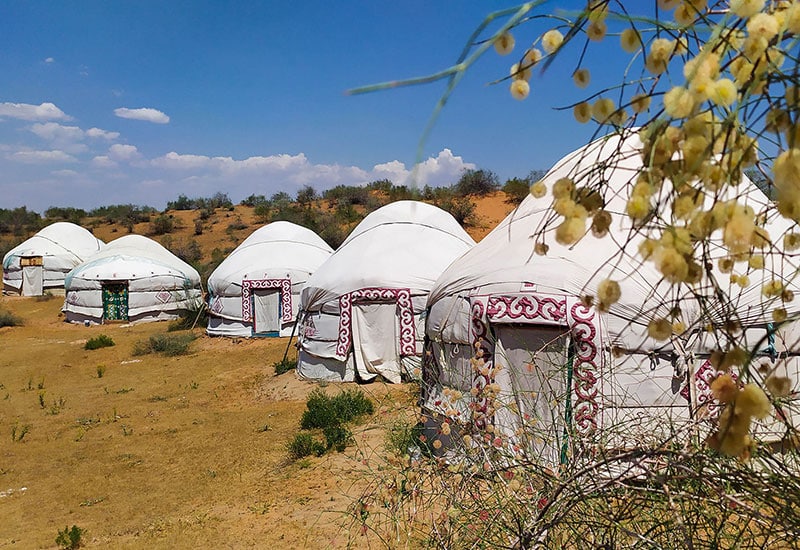Table Of Contents
Samarkand’s Role on the Ancient Silk Road
Introduction: A City at the Crossroads of the World
Samarkand Silk Road history is a story of global exchange, wealth, and culture. For over two millennia, Samarkand stood as a dazzling jewel along the legendary Silk Road — the ancient network of trade routes that connected China to the Mediterranean. Its strategic location in the Zeravshan Valley made it a natural meeting point for merchants, pilgrims, diplomats, and adventurers from across Eurasia.
The Birth of a Trade Capital
As early as the 4th century BCE, Samarkand (then known as Maracanda) played a central role in Sogdiana, an ancient civilization renowned for its commerce and craftsmanship. With fertile land and access to water, the city thrived as an agricultural and mercantile hub long before it became part of larger empires.
Under Alexander the Great, and later the Kushan and Sasanian Empires, Samarkand became even more deeply integrated into long-distance trade. Luxury goods such as silk, spices, ceramics, and precious stones flowed through its bustling markets.
Peak of Prosperity: The Islamic Golden Age
During the Islamic Golden Age, particularly under the Samanid and later the Timurid dynasties, Samarkand became more than just a trading post — it transformed into a cosmopolitan center of art, science, and architecture. Caravans arrived from:
- China, bringing silk, porcelain, and tea
- India, offering spices, gemstones, and textiles
- Persia and Arabia, trading carpets, perfumes, and books
- Europe, via Byzantine and Genoese merchants exchanging silver, glass, and wool
Samarkand’s markets were filled with sounds of languages from across the world, its caravanserais housed traders on weeks-long journeys, and its madrasahs educated scholars alongside merchants.
Architectural Echoes of Trade
Many of Samarkand’s monuments today are lasting reminders of this vibrant trading era:
- Registan Square: The commercial and intellectual heart of the city
- Shahi-Zinda necropolis: A site visited by many pilgrims and travelers
- Caravanserais: Dotted along the city outskirts, once offering rest to Silk Road traders
Cultural Exchange Beyond Commerce
Alongside goods, ideas also flowed through Samarkand. The city became a melting pot of religions, philosophies, languages, and artistic styles. Buddhism, Zoroastrianism, Islam, Christianity, and Judaism all left their mark.
The influence of this cultural exchange can still be seen in:
- Architectural motifs blending Persian, Turkic, and Chinese styles
- Calligraphy and manuscripts in multiple scripts
- Local crafts such as tilework, ceramics, and textiles
Samarkand Today: Reliving the Silk Road
Today, walking through Samarkand is like tracing the footsteps of Silk Road travelers. Guided tours often follow the same ancient paths once trodden by camel caravans, scholars, and merchants.
Visiting places like Registan, the Siab Bazaar, and nearby caravanserais brings the ancient Silk Road to life for modern travelers.
For those joining Silk Road Tour Packages, Samarkand remains one of the most vivid and awe-inspiring highlights on the journey.

